How to grow species tulips in your garden
‘On the whole I prefer to use species bulbs (bulbs which have occurred naturally in the wild), as opposed to cultivars which have been developed by horticulturists. In a different setting, such as in a public park, large, bright-coloured tulips are needed and look right. And so they do in many garden settings. I particularly like the striped and feathered tulips, but keep them for the early spring-summer pot gardens. As yet I haven’t felt easy about letting them into the Gravel Garden. The following species thrive in my gravel soil, increasing every year, mostly placed among low carpeting plants along the curving border edges.’
Taken from Beth Chatto’s Gravel Garden book
Where do tulips originate?
The key to success with all plants is understanding their origins, helping you to realise their preferred growing conditions and specific requirements. Tulips grow wild high up in the mountains and valleys of Europe and Central Asia, indicating they are adapted to growing in free-draining, rocky soils in extreme conditions. Summers here are long, hot and dry, with cold winters bringing heavy rainfall.
Replicating these conditions in your own garden as closely as you can, will give bulbs the best chance to grow happily and healthily, and if left in position after flowering to allow them to self-seed, they will reproduce naturally, eventually giving you a better display. The full-sun aspect and very free-draining, gravelly soil of Beth’s Gravel and Scree Gardens offer bulbs the conditions that they naturally thrive in, ensuring they return year after year.
Hybrid tulips, most commonly grown in gardens, have been bred to offer a huge range of shapes, sizes and colours giving maximum flower power in spring. Unfortunately, this effort often exhausts the bulbs after their first bloom meaning their vigour is reduced and their display will be diminished the following spring. To guarantee the same impressive show each year, new bulbs should be planted each autumn.
How to plant and care for species tulips.
Requirements for growing tulips:
- A free-draining soil- can be amended with the addition of gravel to improve drainage if necessary.
- Avoid planting in windy locations to protect taller species.
- A sunny location- facing Southwest or South.
Plant bulbs in the same way as you would with hybrid tulips; to a depth of 15-20cm and approximately 15cm apart. After the plants have finished flowering, leave the foliage in place for approximately 6 weeks before removing, allowing nutrients to transfer back into the bulb to be stored for flowering next spring. If you would like the tulips to naturalize, avoid deadheading, allowing them to produce seed.
Here are some of the tulip species grown in Beth’s Garden:
1.Tulipa hageri- warm red globular-shaped flowers with a hint of olive green and yellow shading on the outside and brown shadows within. Flowers sit above broad, glaucous green leaves. Plants reach approximately 22cm in height. This tulip is native to Greece, Crete and Turkey and is named after Friedrich Hager who introduced it in 1874.
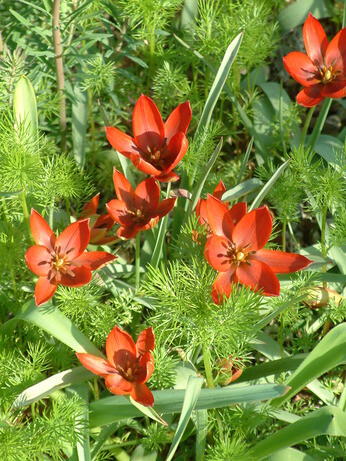
2. Tulipa saxatilis- (saxatilis, meaning of rocky places) One of the first to emerge, this tulip is lilac-pink when in bud, eventually opening wide to the sun revealing a rich, yellow centre. Found on the island of Crete. Flowers hover above broad, glossy vibrant green leaves reaching a height of 25cm.
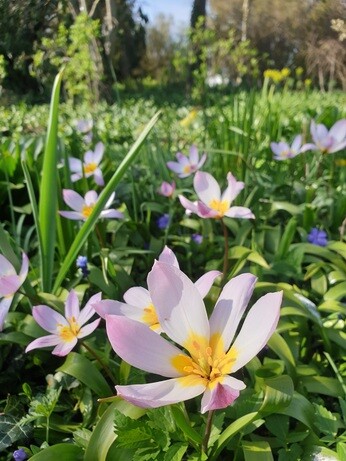
3.Tulipa orphanidea- burnt orange, lily-shaped flowers standing 25-30cm tall appear mid-late spring. Found in Greece, Crete and Turkey.
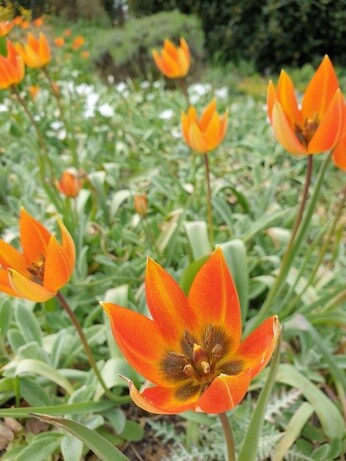
4.Tulipa turkestanica (Turkestan Tulip)- native to Central Asia. The flowers are an eye-catching white with a flush of subtle pink or greenish-yellow surrounding a bright yellow centre. This tulip grows to 30cm high and flowers from March to April.
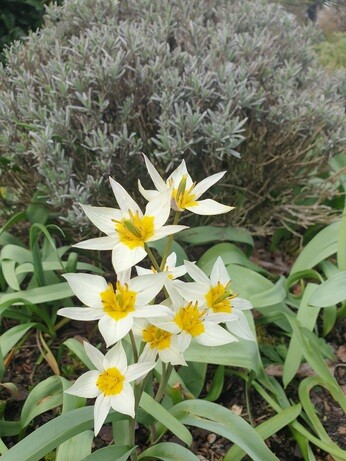
5. Tulipa sprengeri- the last wild tulip to flower in Beth’s Garden. Globular-shaped, yellow centred, scarlet-red flowers open in May and June reaching 40cm in height. Originates from the Pontic coast of Turkey. Head Gardener Åsa talks about Tulipa sprengeri; one of Beth’s favourite plants- See video
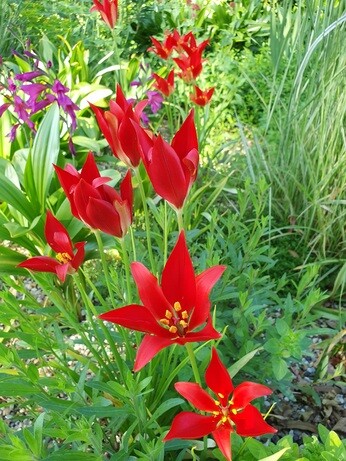
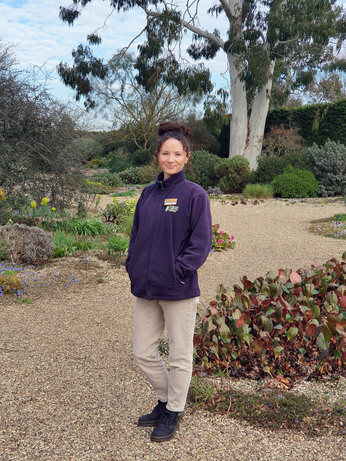
Leanne Crozier- Social Content Creator
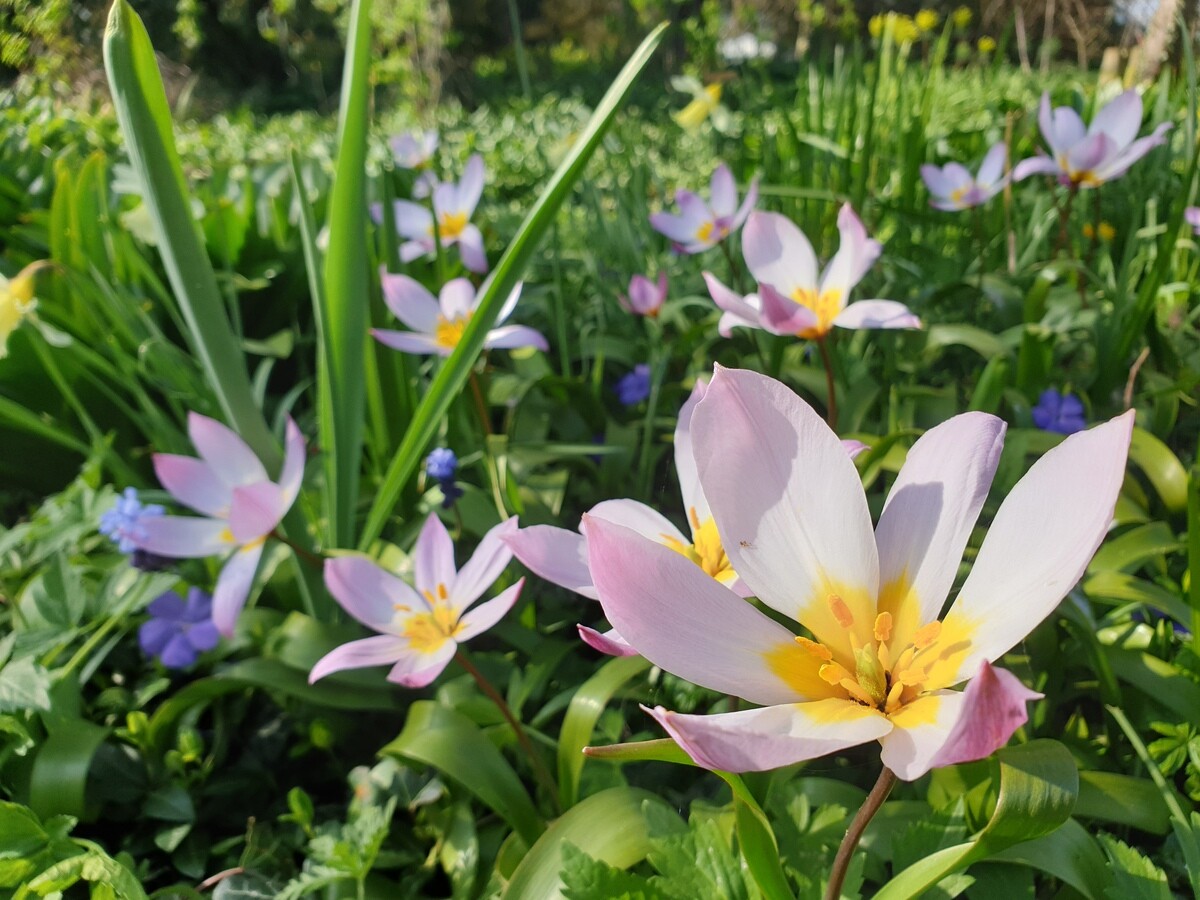
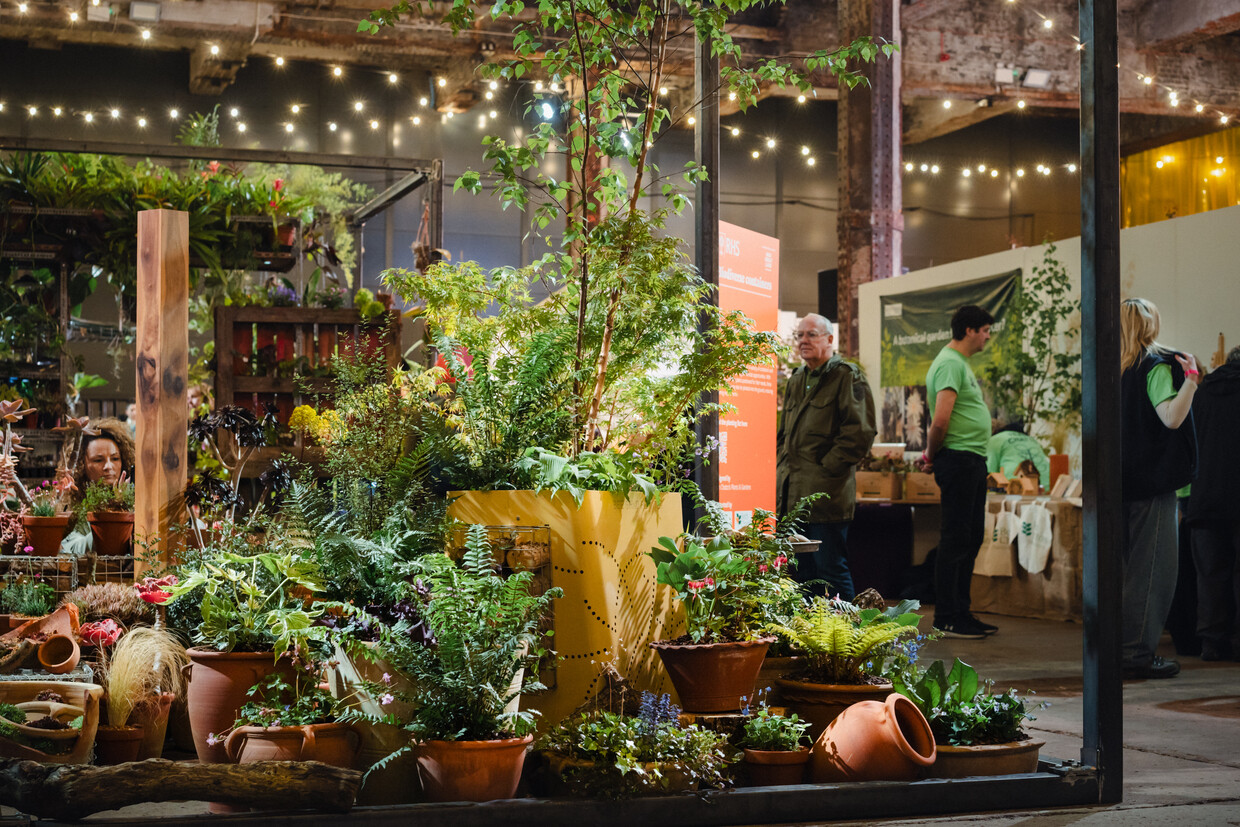

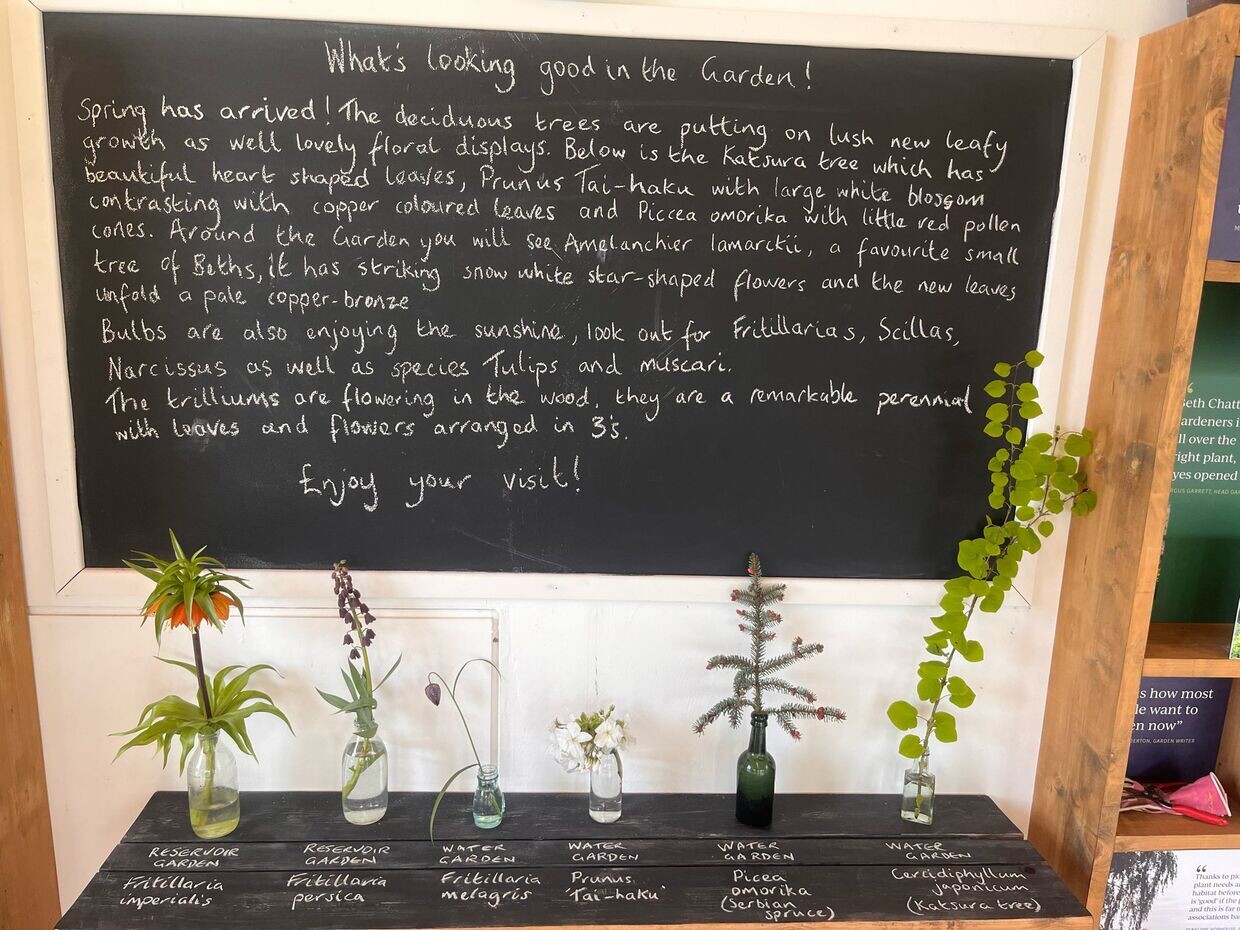
Comments (1)